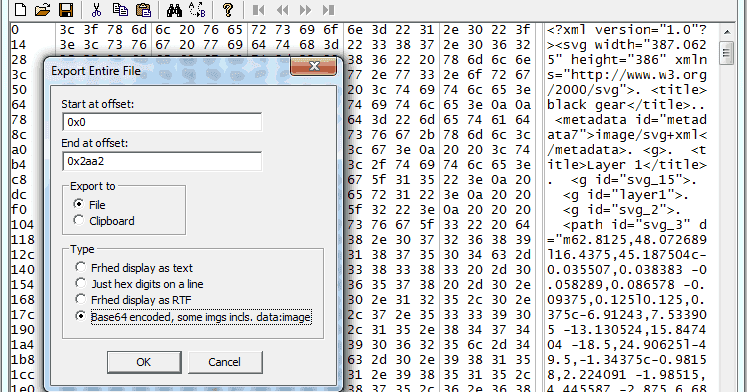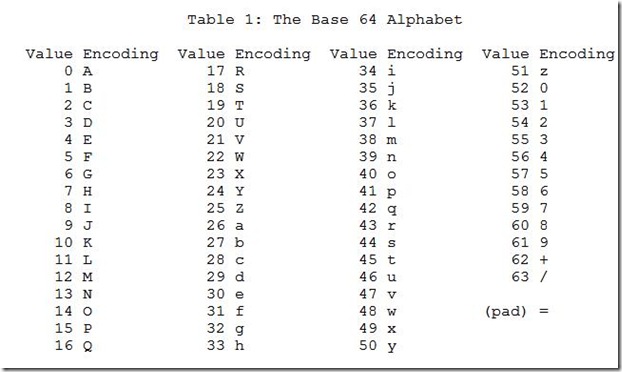

- #Powershell base64 encoding how to
- #Powershell base64 encoding update
- #Powershell base64 encoding code
- #Powershell base64 encoding zip
- #Powershell base64 encoding windows
In the case of Azure AD abuse, detection should focus on collection and analysis of sign-in and audit logs. These tools are not as likely to be used for malicious purposes on compromised endpoints but are used remotely to conduct attacks on cloud and identity infrastructure. Increasingly, adversaries utilize popular PowerShell modules like AzureAD, Azure, Microsoft.Graph, and AADInternals to perform attacks against cloud and SaaS environments upon compromising an Azure AD identity.
#Powershell base64 encoding windows
NET methods, among other PowerShell featuresĪdversaries also occasionally leverage PowerShell to disable Windows security tools and to decrypt encrypted or obfuscated payloads. to perform ingress tool transfer by downloading payloads from the internet using cmdlets, abbreviated cmdlets, or argument names, and calling.to encode or otherwise obfuscate malicious activity, using Base64 and variations of the encoded command switch.as a component of an offensive security or attack toolkit like Empire, PoShC2, PowerSploit, and Cobalt Strike.
#Powershell base64 encoding code
In many cases, this payload executes encoded or obfuscated PowerShell commands that download and execute additional code or a malicious binary from a remote resource.īased on our analysis of commonalities across threats leveraging PowerShell, we frequently observe adversaries abusing PowerShell in the following ways: Adversaries commonly send their victims email messages that include malicious attachments containing embedded code intended to launch a payload. PowerShell’s versatility is on display in many of the phishing campaigns we see.
#Powershell base64 encoding zip
PowerShell to build AWS Lambda Zip for Upload February 5, 2021.Access denied \AppData\Local\Temp\PID# does not appear to be a BizTalk Assembly February 9, 2021.BizTalk – Send Dynamic File from Orchestration May 19, 2021.
#Powershell base64 encoding how to

#Powershell base64 encoding update
I found samples for how to update a standard XML Config File at this link: But if someone is standing over your shoulder, or even opens the Config File – it will not be obvious that the password is Base64 and they certainly couldn’t convert it in their head or even memorize it. I wanted to obfuscate a simple password in a config file. Now, how can we use this? Let’s take the original code, comment out everything below the “#Test Logic” comment, and save it as “Base64Functions.ps1”. Here is the results of running the above code:

$base64Decoded = Base64Decode($base64Encoded) Write-Host "`$base64Encoded=$base64Encoded" $base64Encoded = Base64Encode("Hello World") If you want to know more about Base64, check out thisīut I’m not a command-line guy, I’m a developer, and I like to have my code in a file where I can edit it, modify it, re-use it, and run it.


 0 kommentar(er)
0 kommentar(er)
